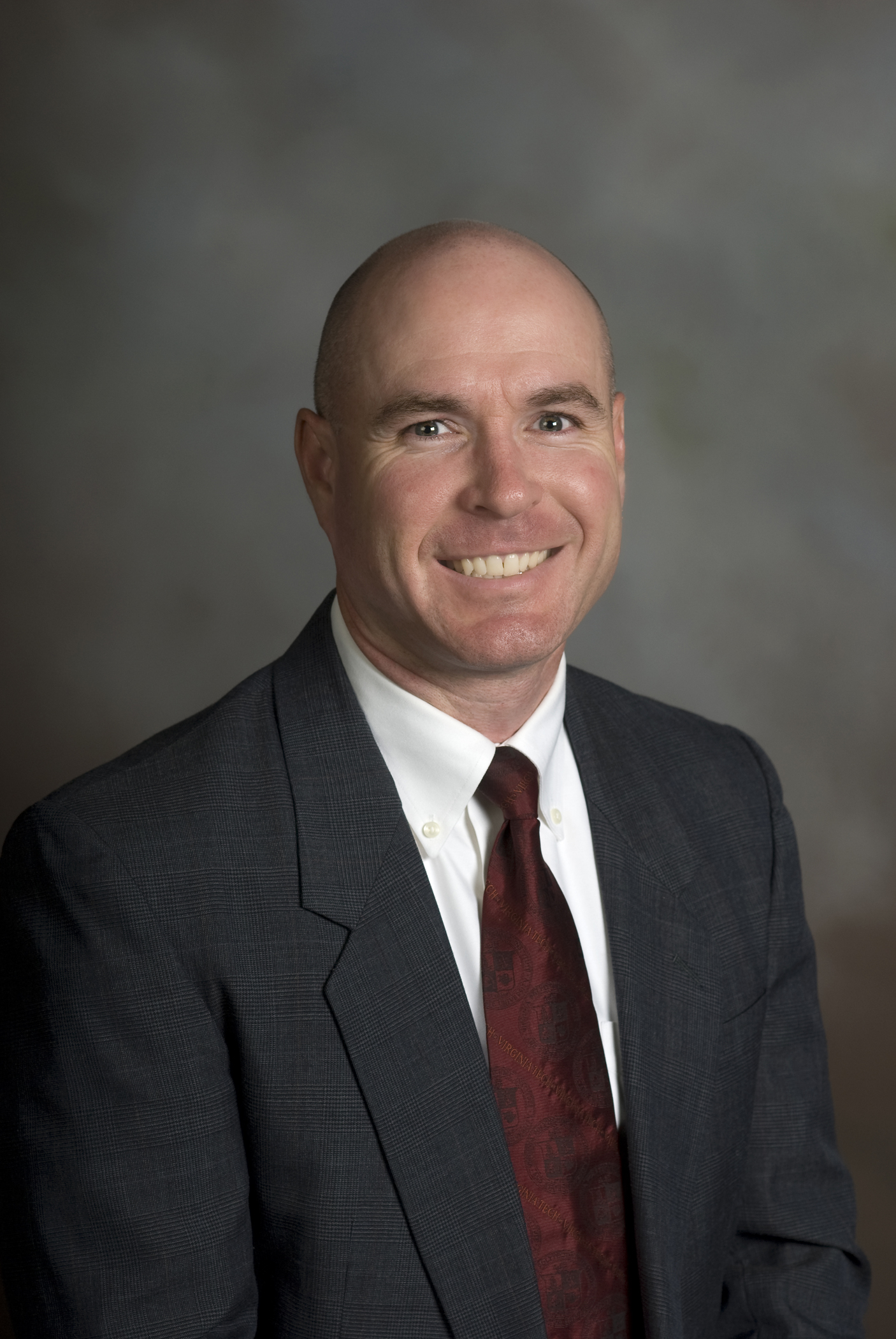Virginia Tech researchers offer aid after Virginia earthquake

On Aug. 23, 2011, at 1:51 p.m., a magnitude 5.8 earthquake sent seismic shock waves from the epicenter in Louisa County for hundreds of miles to the south and north. The event damaged schools, homes, and businesses throughout central Virginia – and 80 miles beyond the epicenter, it put cracks in the Washington Monument and toppled a spire at the National Cathedral.
"Immediately after the earthquake, I drove to Louisa County to start documenting the damage," says Russell Green, associate professor in the Charles E. Via, Jr., Department of Civil and Environmental Engineering at Virginia Tech and a member of the National Science Foundation-sponsored Geotechnical Extreme Events Reconnaissance (GEER) Team.
Green met with Louisa County School Superintendent Deborah Pettit, and they decided to invite the community to a presentation about earthquake geology and ways to reduce structural damage. For the presentation, Green enlisted the aid of Virginia Tech colleague Matthew Eatherton, an expert in structural engineering.
Eatherton had gone to Louisa County as part of an Earthquake Engineering Research Institute team, which, along with the GEER team, investigated possible structural damage at the North Anna Nuclear Power Plant and the Smithsonian Institution.
More than 200 Louisa County residents eager to learn about earthquakes attended the hour-long presentation. Afterward, the audience kept the engineers for another hour of questions and answers. At county residents' request, Green has since returned to Louisa several times to inspect homes and other buildings and to perform field tests.
The Virginia earthquake revealed the particular vulnerability of historic buildings with unreinforced masonry, such as the Washington Monument and National Cathedral. "If an earthquake like this one occurs in a more populous area of the east coast, the amount of damage and injuries associated with unreinforced masonry buildings will likely be a major issue," Eatherton says.







